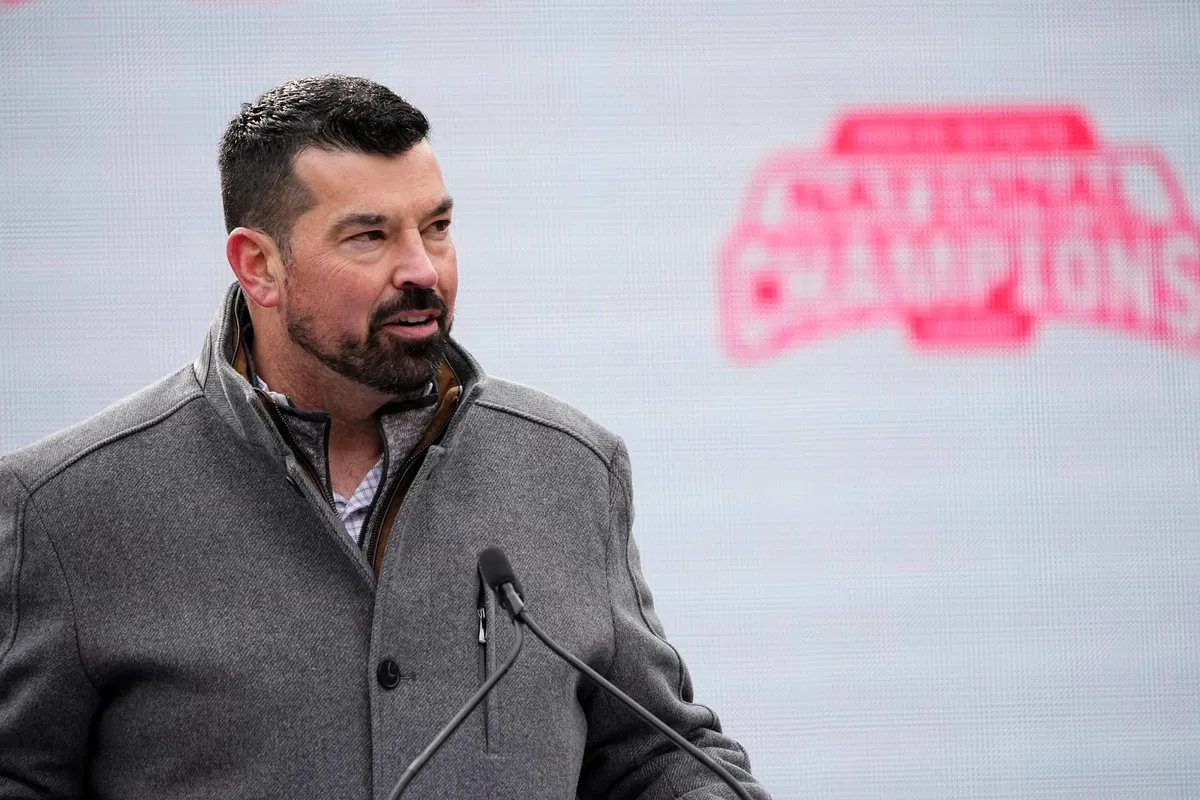Copyright The Boston Globe

And this research may be more relevant than ever in the midst of the intense debates over DEI. Gentlemen, I promise none of us is headed for the tar pits. We are not relics. Women are not necessarily always better teammates. But on average, women score higher on emotional intelligence, the ability to read what others feel or intend and respond accordingly. Teams with more members who excel at this skill collaborate more smoothly, take turns speaking (don’t let a meeting be dominated by one voice), and correct mistakes faster. The advantage comes from emotional intelligence that helps a group coordinate, not from chromosomes. There are plenty of men with exceptionally high emotional intelligence. Any group with more people who listen well and can read a room will outperform a group whose members lack those skills. And not everyone has to be the resident empath. You simply need enough of this capacity in the mix for a team to function well, so that ideas surface, dissent is safe, and the right person gets the floor at the right time. This contradicts the way corporate America has been built. Most companies keep optimizing for star talent, assuming that the best performance will come from hiring the brightest minds and most accomplished résumés. But research shows that this often creates the “too much talent” problem. The best analogy might come from sports. Research led by Rodrick I. Swaab found that when basketball or soccer teams are mostly made up of top talent — the players who are in the top third, statistically speaking — the teams’ performance actually declines. (Interestingly, this problem doesn’t exist in baseball, where there are few opportunities to be selfish.) Data scientist Seth Stephens-Davidowitz points out in his book “Who Makes the NBA?” that there is only one statistic that predicts a player’s salary: the number of points he scores. That incentive pushes players to take bad shots rather than pass. You can see echoes of this in workplaces where colleagues are incentivized to compete with one another instead of collaborate, such as companies where only a small group of employees are labeled exceptional and rewarded with bigger bonuses. By contrast, the statistic most predictive of an effective basketball coach is how much passing increases under that coach. Passing signals that players are prioritizing the team’s success over their own highlight reels. A team full of stars who refuse to pass will lose to a less talented team that plays together. Business organizations are no different. What makes them effective is not raw talent but whether that talent can synchronize. This is why emotional intelligence matters. Someone with a high EQ notices a quiet analyst who has the data that changes a decision or challenges an idea without making other people defensive. Teams that work this way avoid blind spots and adapt faster. Google’s multiyear research into its highest-performing teams, titled Project Aristotle, examined 250 attributes in about 180 groups in the company. The researchers found that the single most consistent factor in predicting a team’s success was psychological safety, the belief that people can speak up without fear of ridicule or punishment. Emotional intelligence is the skill that creates psychological safety. Having more women improves the performance of workplace teams only up to a certain point. Across large samples, women index higher in emotional intelligence, which raises the baseline social sensitivity of a group they’re in. But it is not that women “make” teams smart by their presence alone. Teams composed entirely of women don’t always outperform other workplace teams. The best teams have a diversity of resources and perspectives rather than uniformity in any one direction. Failing to recognize this is a mistake that some diversity initiatives have made. When it comes to basketball players, what’s easy to see is individual points scored when what really matters is an increase in passing. Similarly, corporate DEI efforts have focused too much on the easy-to-see traits (gender, race, etc.) rather than what actually makes teams effective. Teams with more women or greater visible diversity don’t succeed because of chromosomes or ancestry. They succeed because people with different life experiences bring different skills, contacts, and perspectives, giving the team more ways to solve problems. So, yes, teams with more women have tended to perform better, but if you add a woman to a team just because she’s a woman, you miss the point. If you focus on her skills, networks, and insights, you recognize her true contributions. That’s when the tired label “diversity hire” disappears, because her value to the team is obvious. The good news is that building smarter workplace teams doesn’t require billion-dollar training budgets. It requires leaders who value what isn’t always visible. Status should go not only to the person with the biggest sales numbers but also to the teammate whose emotional intelligence keeps everyone aligned. The colleague who welcomes the new hire so they can contribute sooner. The one who notices when someone is struggling and quietly provides support. The one who synthesizes opposing views. When colleagues work in harmony like that, they stop seeing one another as checkboxes and start recognizing their teammates as essential contributors. That is what makes teams perform best.



